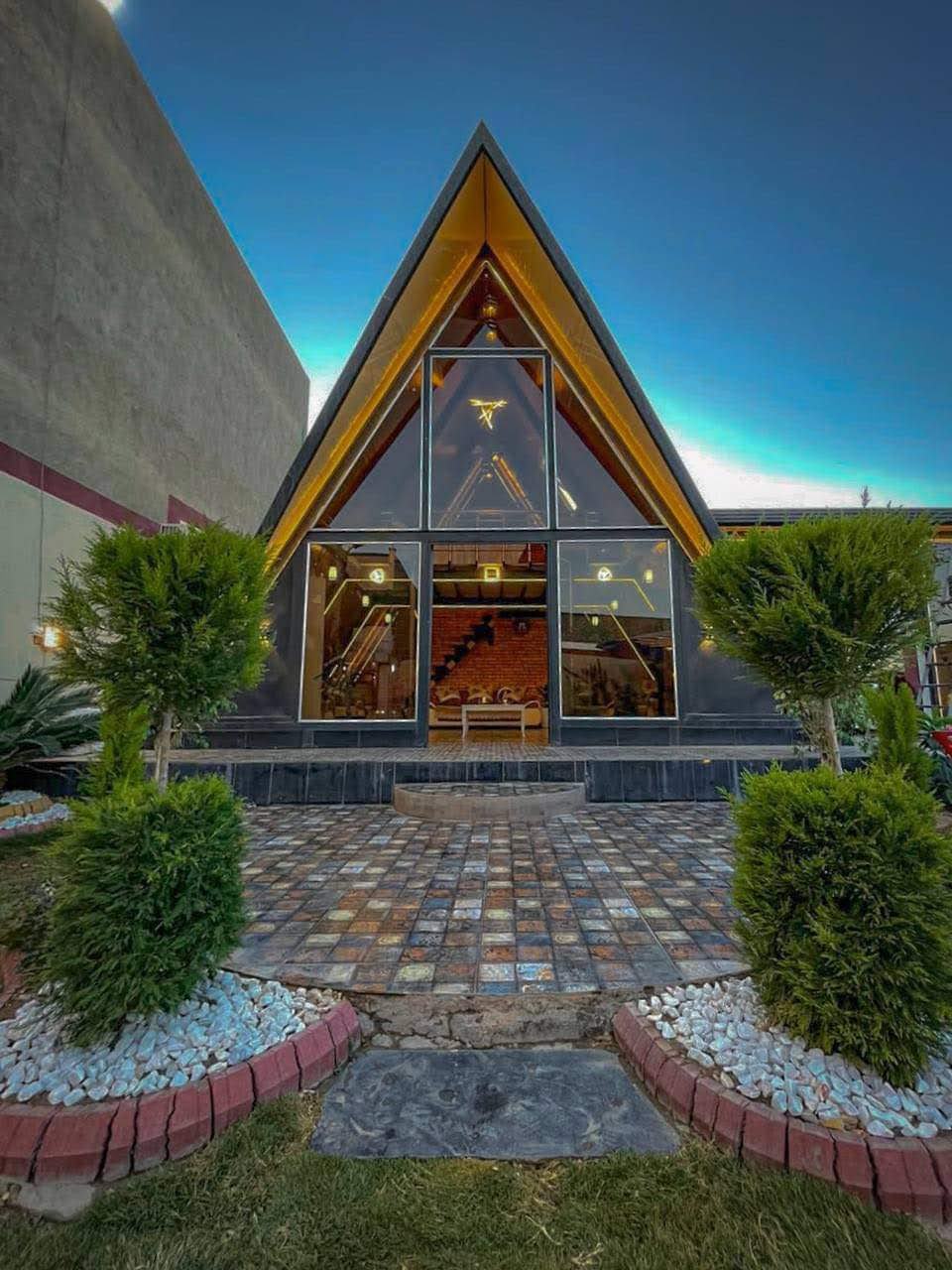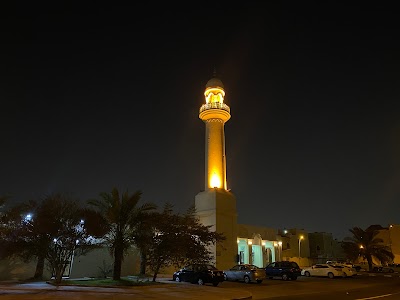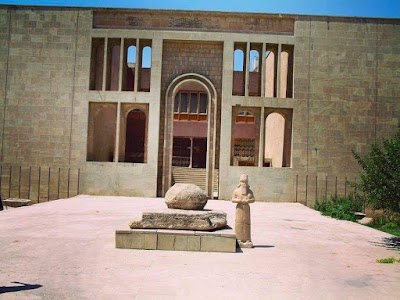Balad Air Base (قاعدة بلد الجوية)
Overview
Balad Air Base, situated near the city of Balad in Saladin Province, Iraq, has a rich narrative of strategic significance that began with its establishment in the mid-1980s. Originally constructed under the regime of Saddam Hussein, the base was envisioned as a pivotal military installation for the Iraqi Air Force. With the aid of Yugoslavian companies, Balad was outfitted with hardened aircraft shelters, expansive runways, and sophisticated facilities designed to support a wide range of military operations.
Throughout its history, Balad Air Base witnessed considerable military activity. During the Iran-Iraq War, it served as a critical hub, hosting aircraft that undertook various missions. However, it was during the 2003 invasion of Iraq that the base gained international prominence. When coalition forces led by the United States entered Iraq, seizing strategic military locations was paramount, and Balad Air Base was a key target. American forces swiftly took control, transforming it into a major logistical center, which was subsequently renamed Logistics Support Area (LSA) Anaconda. This marked Balad as one of the largest U.S. military installations in Iraq.
To accommodate the influx of military personnel and logistics, robust infrastructure was developed at the base. This included constructing additional housing units, dining facilities, recreational amenities, and comprehensive medical services. A diverse array of support services, such as postal operations and maintenance depots, were established to ensure seamless operations, making life at Balad more manageable for the personnel stationed there.
The airfield itself underwent significant upgrades to support various aircraft, from helicopters to large cargo planes. These enhancements enabled Balad to maintain a steady stream of flights, delivering supplies, equipment, and personnel. At its peak, the base was home to over 36,000 personnel, creating a vibrant hub of activity. State-of-the-art surveillance and defense systems were put in place to protect against potential threats, particularly during a time marked by frequent insurgent attacks.
Daily life at Balad was characterized by a blend of high-stress military operations and moments of relaxation. Service members carried out a range of responsibilities, from reconnaissance to logistical support, while also enjoying recreational facilities like gyms, internet cafes, and even a movie theater. These amenities provided much-needed relief and a connection to home amidst the challenging realities faced during deployment.
As military strategies evolved and the gradual drawdown of U.S. forces in Iraq began, the significance of Balad Air Base started to wane. By the end of 2011, the majority of American forces had withdrawn from Iraq, and control of the base was returned to the Iraqi government.
In recent years, Balad Air Base has continued to function as an essential military asset for the Iraqi Air Force. The infrastructure improvements made during the U.S. occupation have left a lasting legacy, enabling the Iraqi military to maintain a robust presence in the region. Today, the base remains a crucial element of Iraq’s defense strategy, hosting aircraft and serving as a training ground for military personnel.
The evolution of Balad Air Base—from its inception as a mid-1980s military installation to a bustling logistical hub during the Iraq War, and now a key component of Iraq’s defense infrastructure—illustrates its enduring strategic importance. The stories of its transformation and resilience serve as a testament to its significant role in fostering regional stability and military operations.








